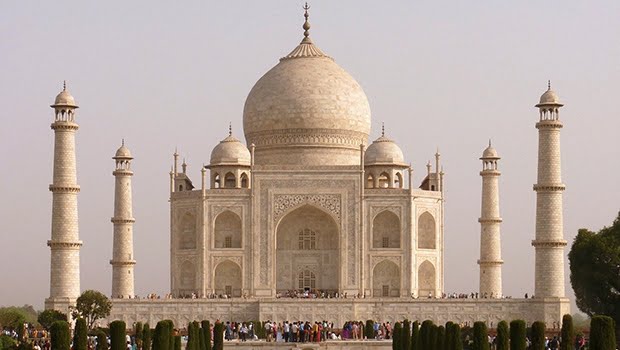India has been a federal republic

India has been a federal republic since 1950, governed in a democratic parliamentary system. It is a pluralistic, multilingual and multi-ethnic society.
India’s population grew from 361 million in 1951 to 1.211 billion in 2011.[50] During the same time, its nominal per capita income increased from US$64 annually to US$1,498, and its literacy rate from 16.6% to 74%. From being a comparatively destitute country in 1951,[51] India has become a fast-growing major economy and a hub for information technology services, with an expanding middle class.[52] It has a space programme which includes several planned or completed extraterrestrial mission
s. Indian movies, music, and spiritual teachings play an increasing role in global culture.[53] India has substantially reduced its rate of poverty, though at the cost of increasing economic inequality.[54] India is a nuclear-weapon state, which ranks high in military expenditure. It has disputes over Kashmir with its neighbours, Pakistan and China, unresolved since the mid-20th
century.[55] Among the socio-economic challenges India faces are gender inequality, child malnutrition,[56] and rising levels of air pollution.[57] India’s land is megadiverse, with four biodiversity hotspots.[58] Its forest cover comprises 21.4% of its area.[59] India’s wildlife, which has traditionally been viewed with tolerance in India’s culture,[60] is supported among these forests, and elsewhere, in protected habitats.
